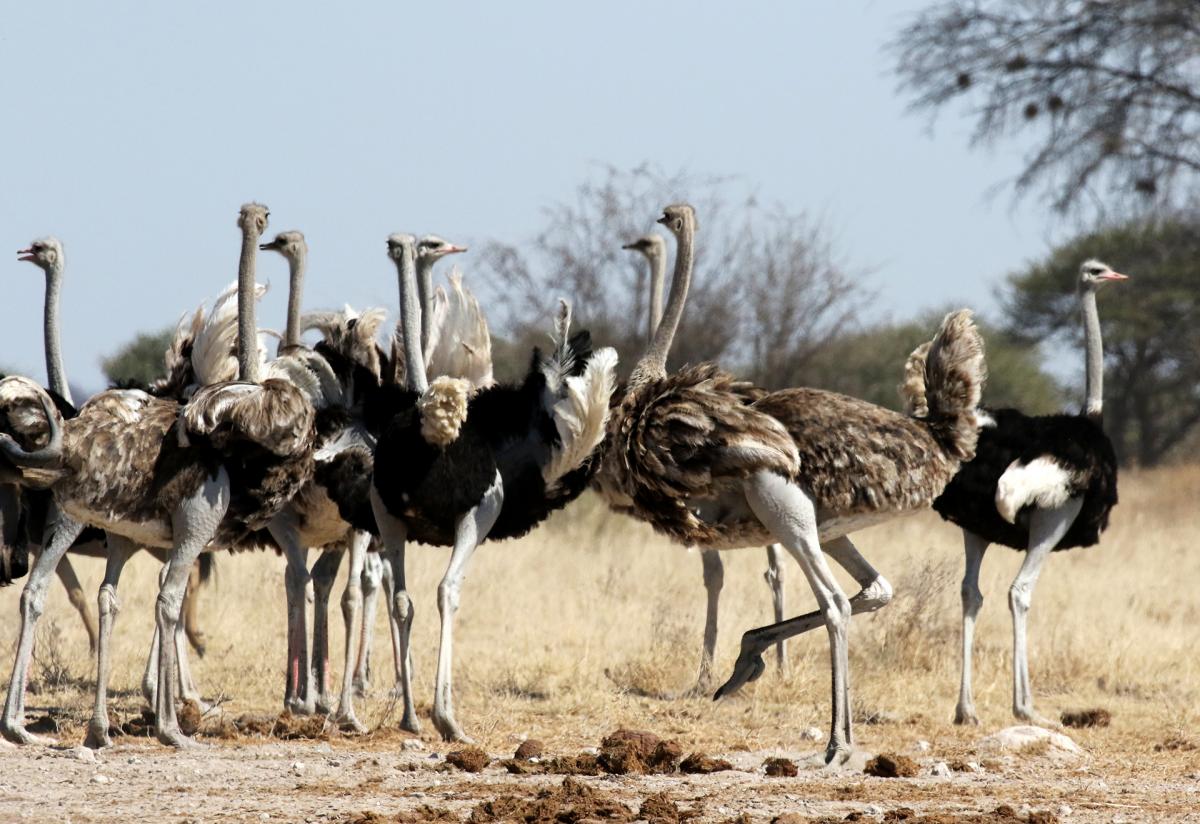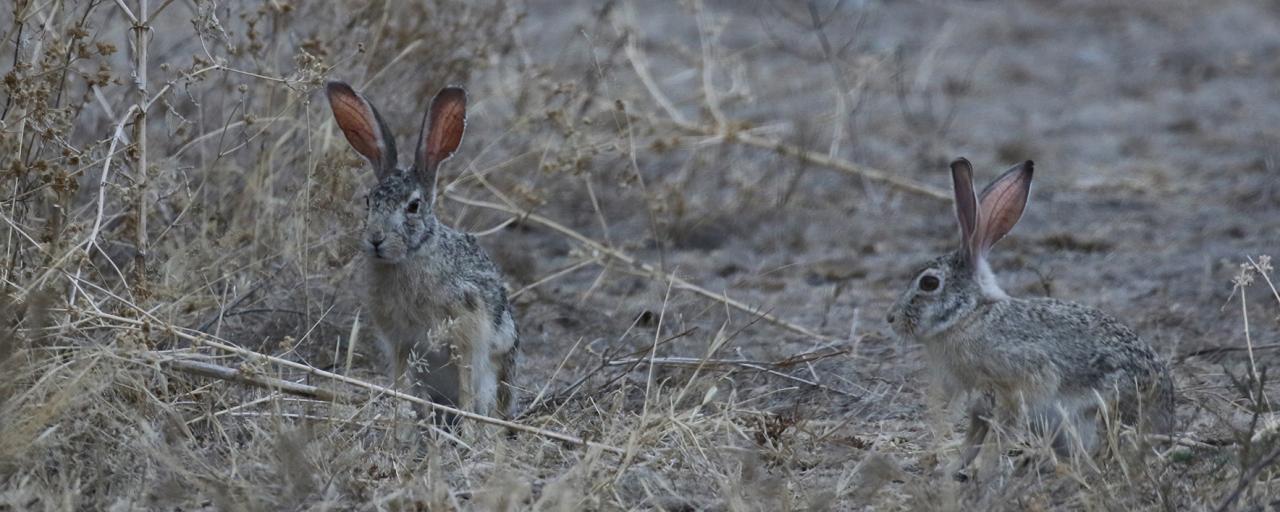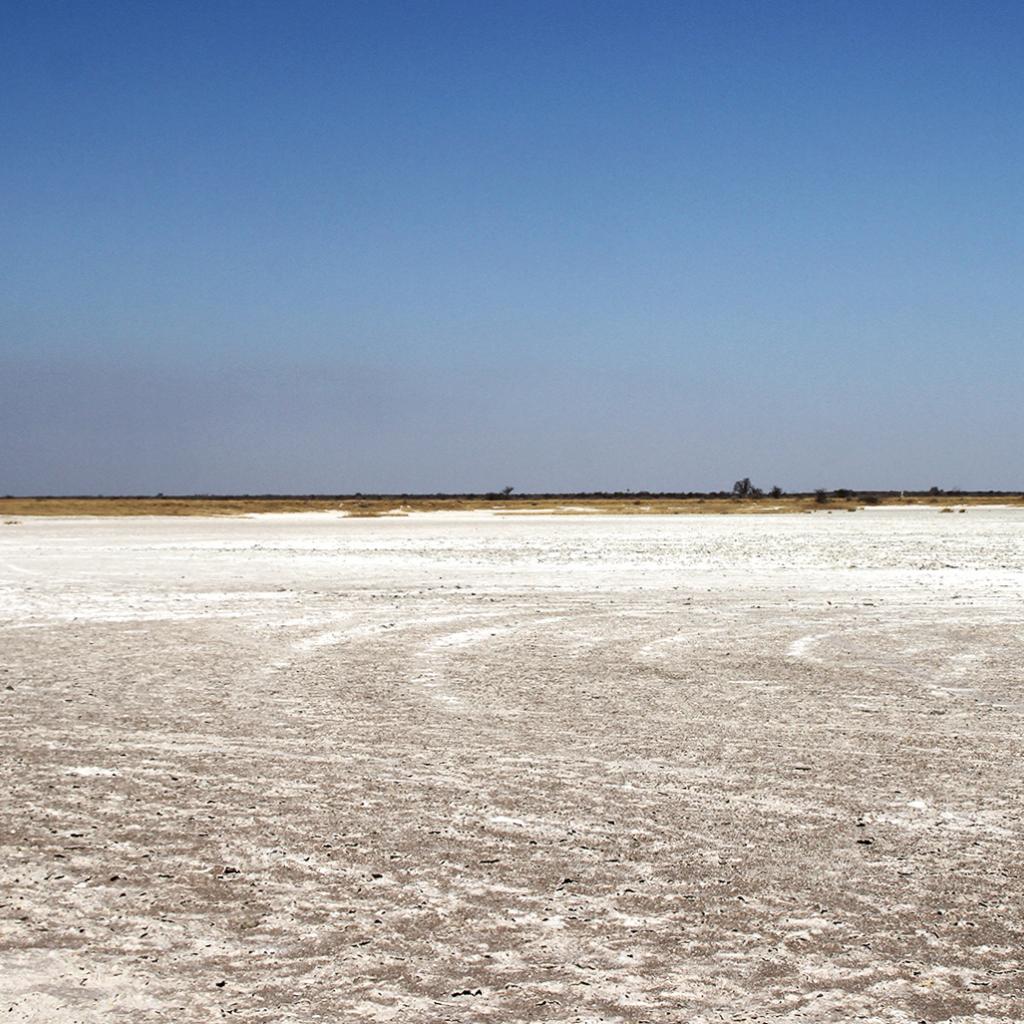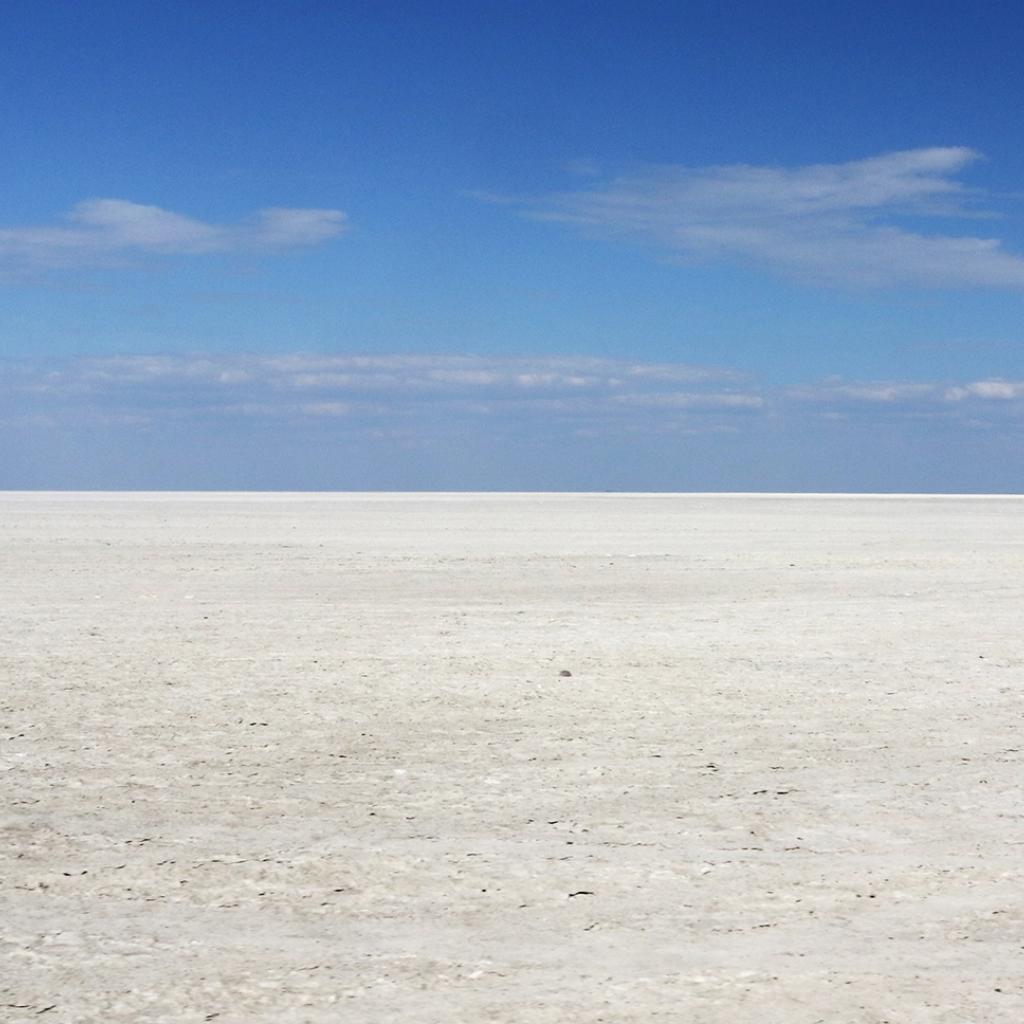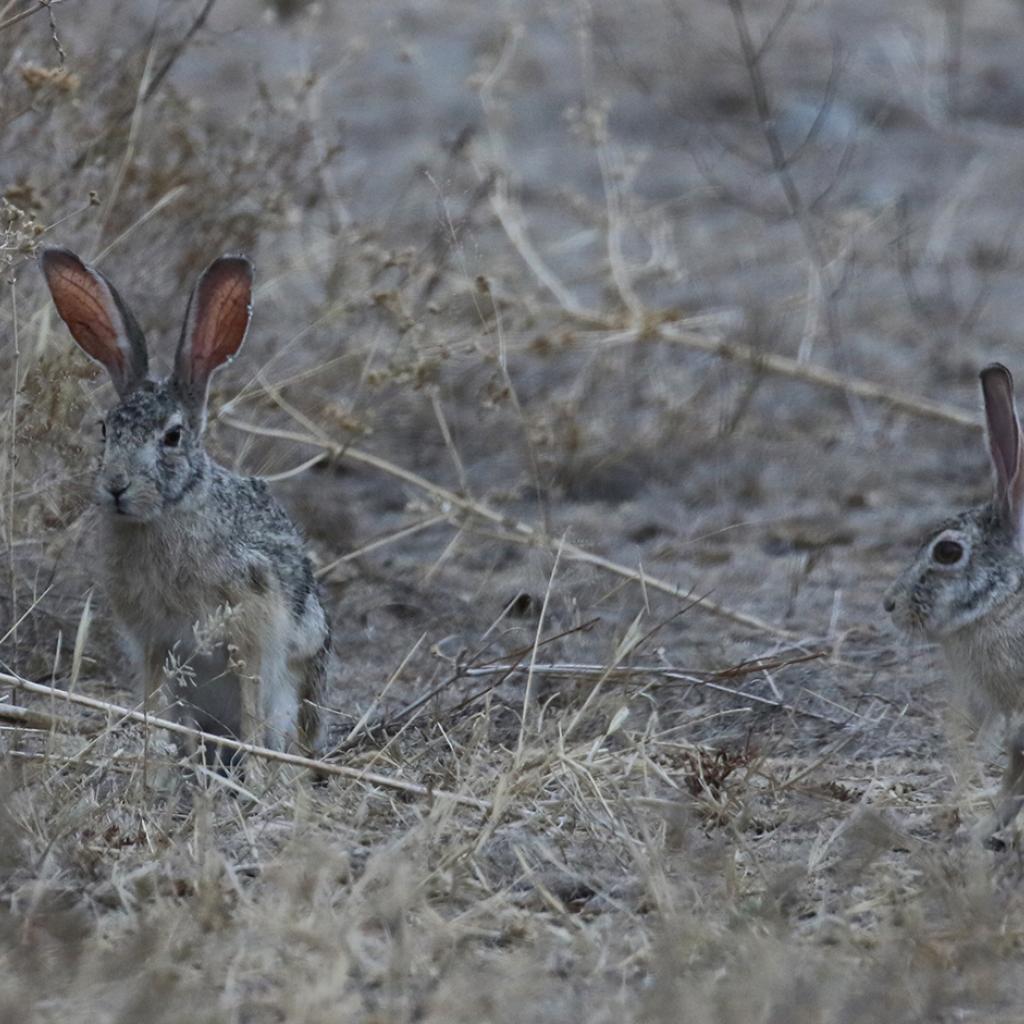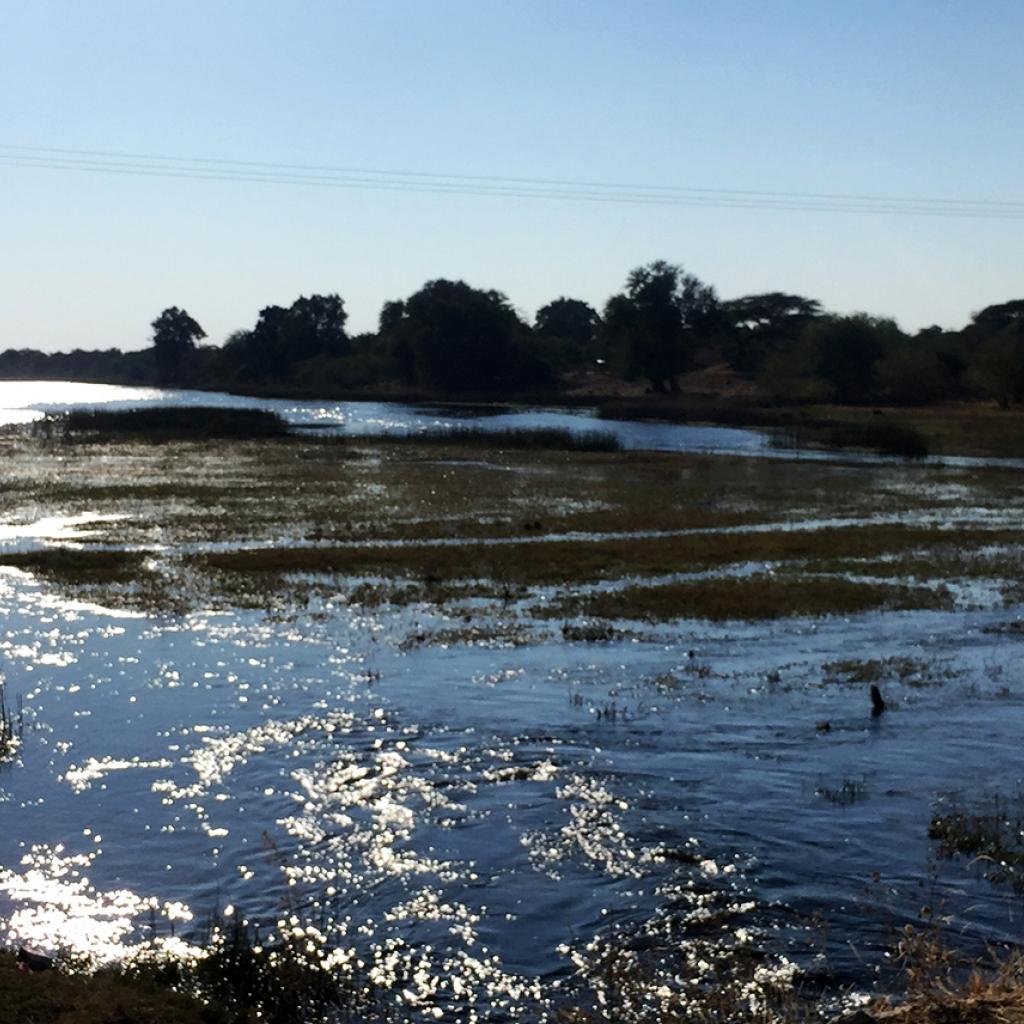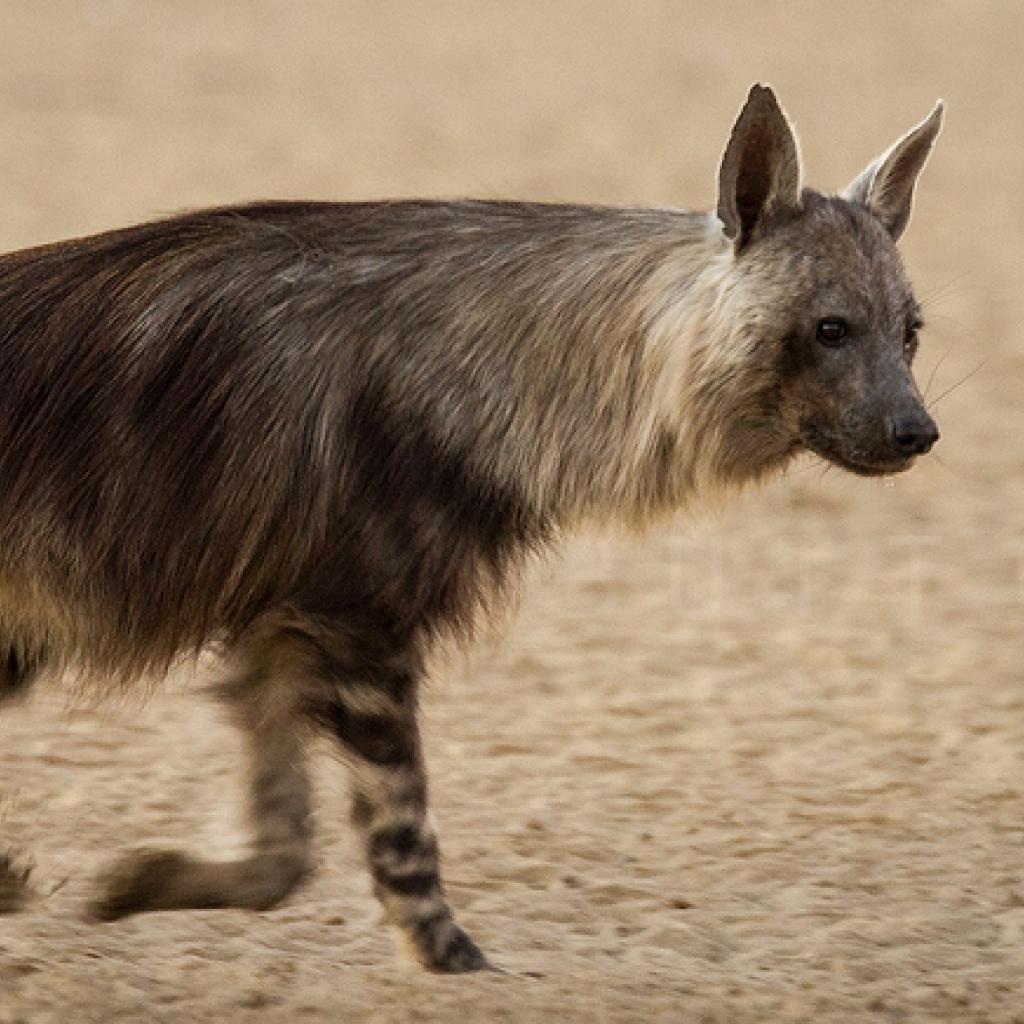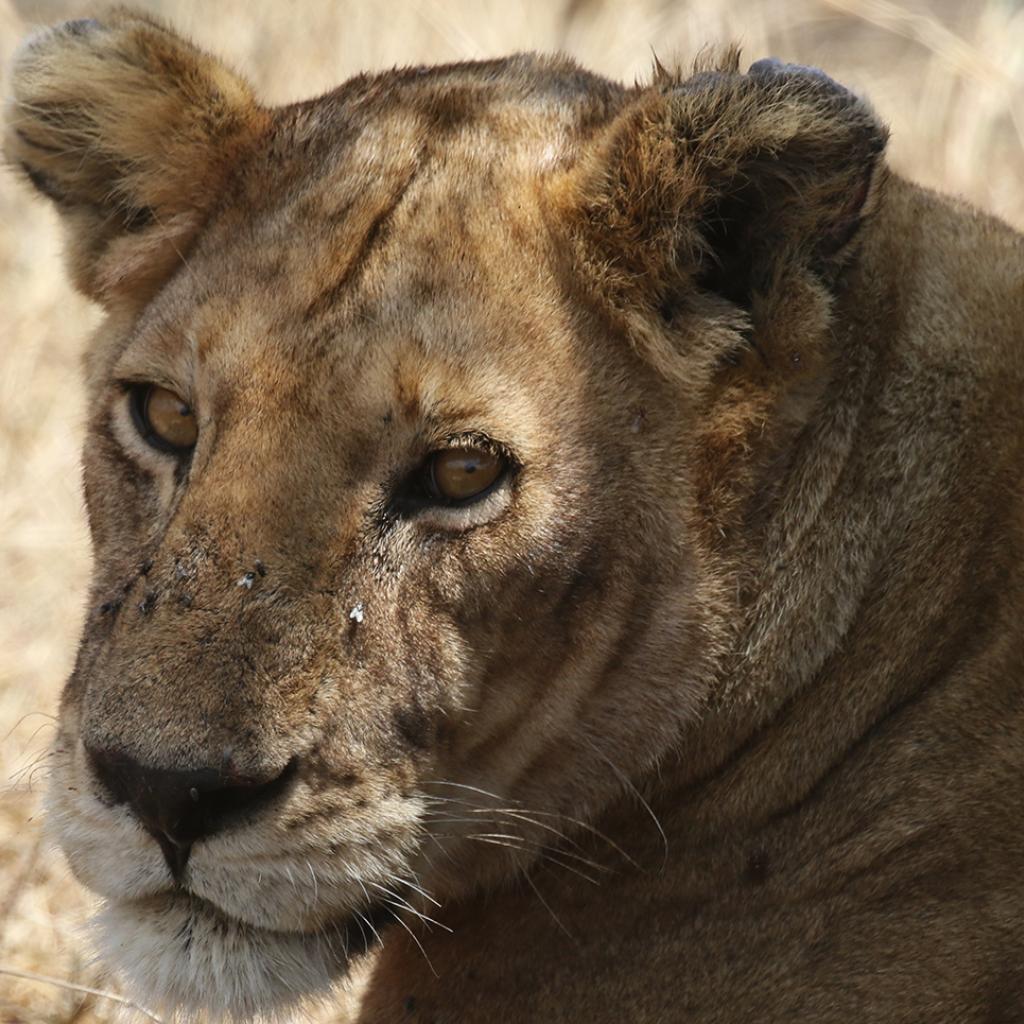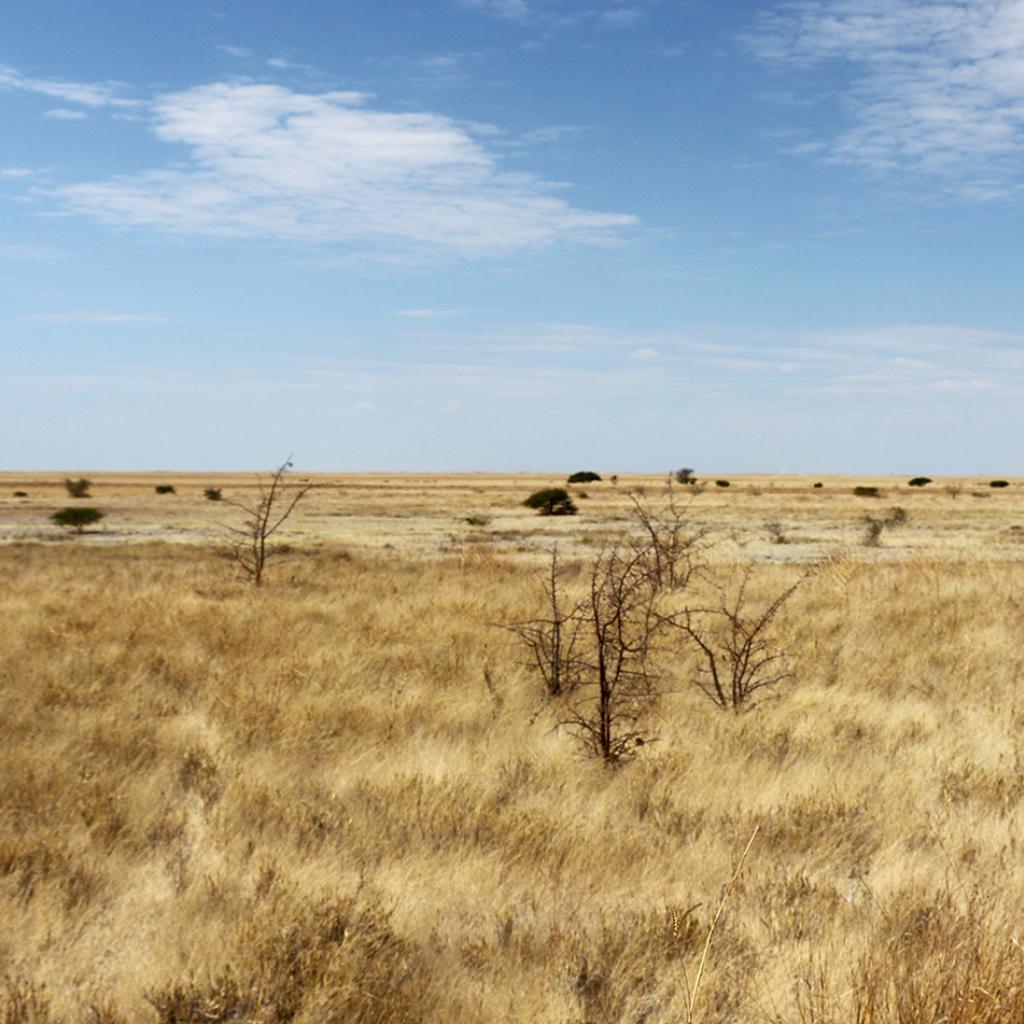The Makgadikgadi Pans National Park contains various habitats within it, and therefore the animals in the various areas are different; moreover, the alternation of seasons greatly changes the landscape and consequently the presence and movement of animals.
During the rainy season in the Makgadikgadi Pans National Park there is a high concentration of herbivores, as is the case in the neighboring Nxai National Park; overflowing the park you can see the herds that move in the wavy grasslands, creating a dense network of paths.
At the end of the rainy season, from June onwards, the Burchell’s zebras and the wildebeests begin moving Westward to reach the Boteti River, leaving behind a territory that progressively becomes increasingly arid with the passing of the months.
Some oryxes, elands and red hartebeests follow the zebras and the wildebeests in their migration; sometimes they start later, especially in the years when rains were abundant.
The herds are concentrated on the banks of the Boteti River until November, when the rainy season begins again.
During the dry season, the high concentrations of herbivores attract predators, it is possible to spot leopards, lions, spotted hyenas that are hunting prey, and if you are particularly fortunate, you can also see a white rhino.
The mammals in the Makgadikgadi Pans National Park
In the Western part of the Makgadikgadi Pans National Park, between meadows and wooded areas, several animals find an ideal habitat for living, including: the Cape baboons or Chacma baboons, the vervet monkeys, some giraffes and sometimes some elephants, there is also a small population of waterbucks, some couple of bushbucks of the same subspecies present in the Chobe, infact locally called "Chobe bushbucks", suricates or merkaats and the ubiquitous springboks; since the Boteti River has returned to have water, there are also several hippos.
In the months of September to November, that coincide with the end of the dry season, there is a high concentration of animals in the area near the Botet River, and everywhere you look you see herds of zebras.
With the beginning of the rainy season, in December and January, the herds disperse, some heading North to Nxai National Park, others moving to the grasslands in the South-Eastern part of the park; they often venture together with the oryxes on the pan, that occupies 20% of the park's surface, to find the salt they need.
Once they also migrated to the Kalahari Central Reserve, but now a veterinary fence prevents them from moving in that direction.
In the Makgadikgadi Pans National Park there is a large number of predators, that, in the park, are protected from the ranch owners, who, in the past to defend their cattle, have not had any scruples to kill them.
In the park there are lions, cheetahs, leopards, spotted hyenas and brown hyenas.
Lions are fairly easy to spot when the peak of migration occurs at the end of the dry season; in this period they are mainly hunt zebras, as they are present in large numbers; sometimes these felines are taken from a food frenzy, that leads them to kill more prey than the actual feeding needs of the herd.
Cheetahs are less common but it is easier to find them where springbok flocks are found; while leopards are resident in the wooded area, near the Botet River.
The spotted hyenas, like the lions, follow the shift of the herds during the alternation of seasons, while the brown hyenas remain in the Eastern part of the park where they are still able to find food and where they suffer less competition from other felines, in comparison to which they would succumb.
In the Eastern part of the Makgadikgadi Pans National Park there are the Njuca Hills, here you will find a campsite from which you have a panoramic view of the prairie and the pans.
Springboks are well adapted to living in semi-arid areas and can be seen in flocks near the pan, while steenboks are usually seen in pairs, even this antelope lives without problems in areas where there is scarcity so you can spot it anywhere in the grassy fields around the pan.
There are also several night-time mammals, in addition to the brown hyena, in fact it is possible to see in the campsite or in the vicinity of the lodge, the aardwolf, the bat-eared fox, the striped polecat or zorilla, the black-backed jackal, the African wildcat, the honey badger, the small-spotted genet, the porcupine, the aardvark, the springhare and the scrubhare.
In sandy areas, colonies of golden-mantled ground squirrels or cape ground squirrels can be seen, they feed in groups, usually close to their dens, holding their big raised tail to use it as sunshades; while they immediately run into their shelters at the first sign of danger; the Makgadikgadi Pans National Park is the Northernmost area where you can see these beautiful rodents.
The reptiles in the Makgadikgadi Pans National Park
Nile crocodiles are the most present reptiles in the Makgadikgadi Pans National Park and are found in the waters and along the banks of the Boteti River; these incredible animals are able to live for several years in the holes present on the banks of the river when there is no water, and then come out in the best moments to hunt, they can also survive for several months without food.
The birds in the Makgadikgadi Pans National Park
In the Makgadikgadi Pans National Park there are the same species of birds found throughout the Makgadikgadi Pans complex (link birds); there are 255 species of birds belonging to different types, thanks to the different habitats found here, and many species are migratory birds that come here only during the rainy season, that also coincides with the Northern winter.
In the forest along the Boteti River there are some typical species of this ecosystem such as the Meyer's parrot, the Burchell's coucal, the kalahari scrub robin and the white-browed robin, there are also some species that prefer the aquatic environment, among them the black-winged stilt, the pelican and various species of crane, are also present several birds of prey like the African fish eagle, the gabar goshawk, the secretary bird and different vultures; the birds of prey, especially the vultures and the eagles, are also present in the Eastern part of the park.
During the summer months, from November to April, storks, some species of bee-eater, kites and shrikes come here from the boreal hemisphere.
In the Eastern part of the park, in the meadows, there are the ostriches; sometimes it is possible to see them on the road connecting Nata to Maun, that divides the Makgadikgadi Pans National Park and the Nxai National Park.
These huge birds get together before the rainy season and the females lay the eggs all in the same place; in addition, males and females swaps at the brood: the females brood during the day because they have a lighter plumage, while the males do it at night because, being black, they camouflage most in the dark.
